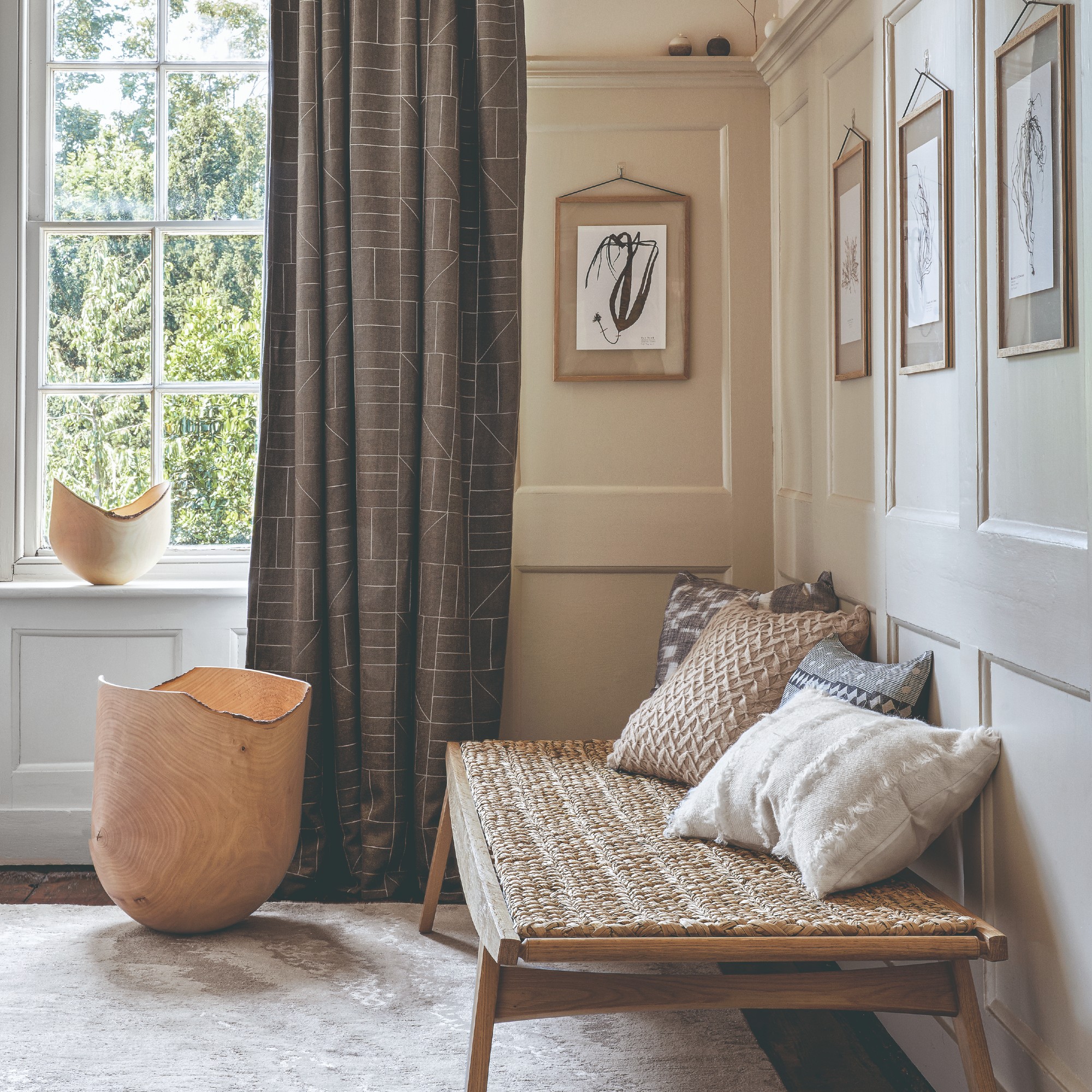
As soon as we grasp the concept of colours and colour pairings as children, we are often led to believe that neutral shades go with anything and everything. But do neutrals go with everything?
Neutral shades often make for a favoured living room colour scheme for their innate elegance, while also being a go-to bedroom colour scheme for their calming, soothing properties. But all that really means is that one neutral goes with another neutral.
However, do they go with every colour? To get to the bottom of this, we asked some of our interiors, paint and colour experts to give us their take on this. And we were pretty surprised by what they had to say. And now we’re rethinking some of our paint ideas, among other things.
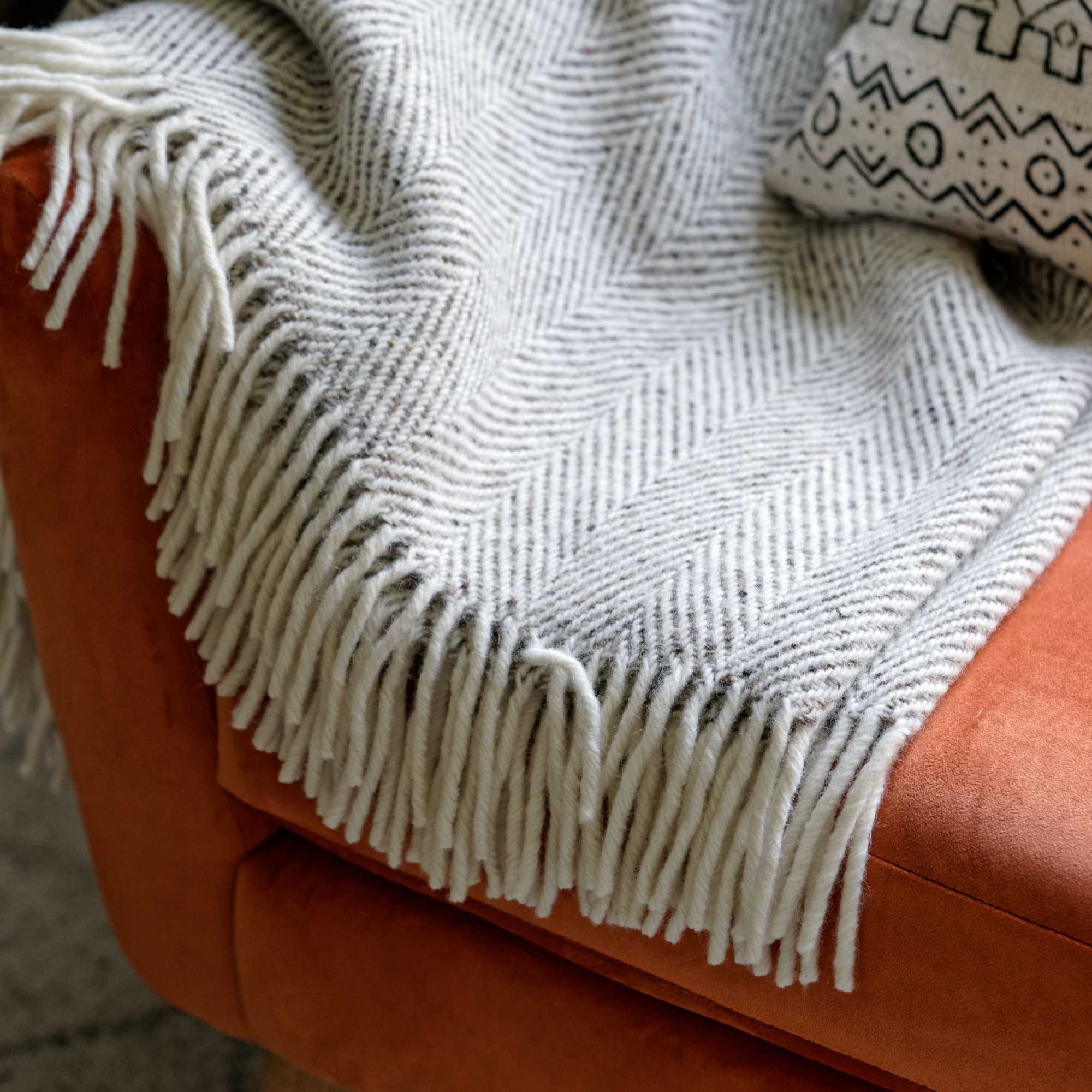
Do neutrals go with everything?
Firstly, let’s establish what neutral colours actually are so that there’s no confusion when you want to turn your neutral living room ideas into reality.
‘In interior design, neutrals refer to colours that are subtle and understated, typically including shades of white, beige, grey, and taupe,’ says Lucy Mather, design expert from Arighi Bianchi.
She continues to explain the recent history of neutrals as home decor trends, ‘Neutrals have always been the most popular colour in interiors, the 80s and 90s was all about Magnolia walls. More recently, grey became the “neutral” to have. Beige and cashmere have now taken over from grey as the preferred neutral in 2024.’

Sarah Lloyd, paint & interiors expert from Valspar Paint, agrees, ‘Beige is a popular choice because of its warm qualities. Beige shades are ideal for the interior as it is soft and soothing, and able to blend with a variety of other colours.’
Alex Stubbs, Flitch interior stylist, adds, ‘Neutrals have the remarkable quality of pairing well with almost any other colour. Their understated nature allows them to act as a backdrop, letting other elements in the space shine.’
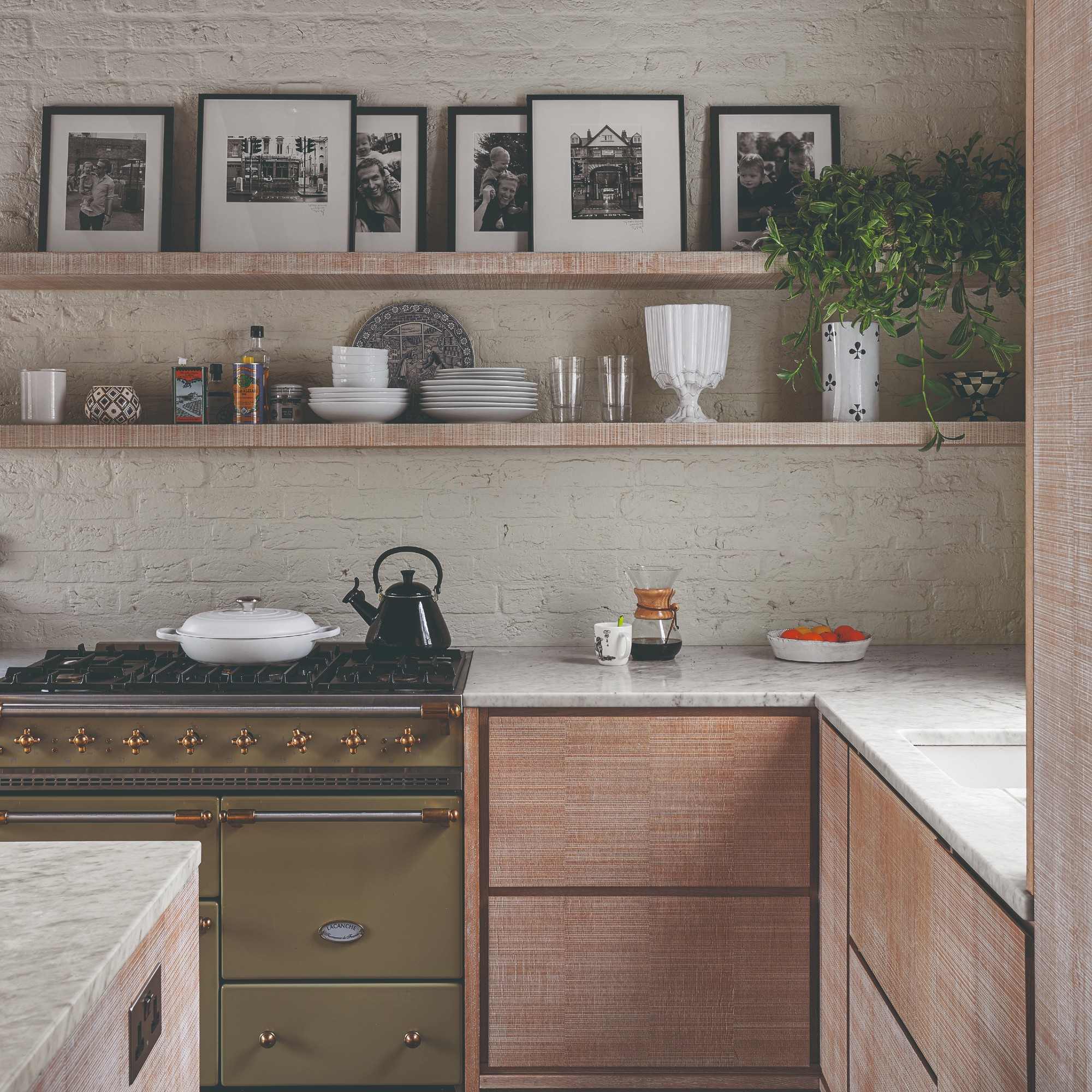
Watch out for your neutral colour’s undertone
But while neutral colours are very versatile, they actually don’t necessarily work with literally everything. One of the main things to look out for is the undertone of your neutral shade so that it’s in keeping with the other colours of your space, whether they’re vibrant or neutral too.
‘Mixing neutrals with conflicting undertones can disrupt the overall cohesion of the design. For instance, pairing warm beiges with cool greys may result in a disjointed aesthetic rather than a harmonious one,’ Alex says.
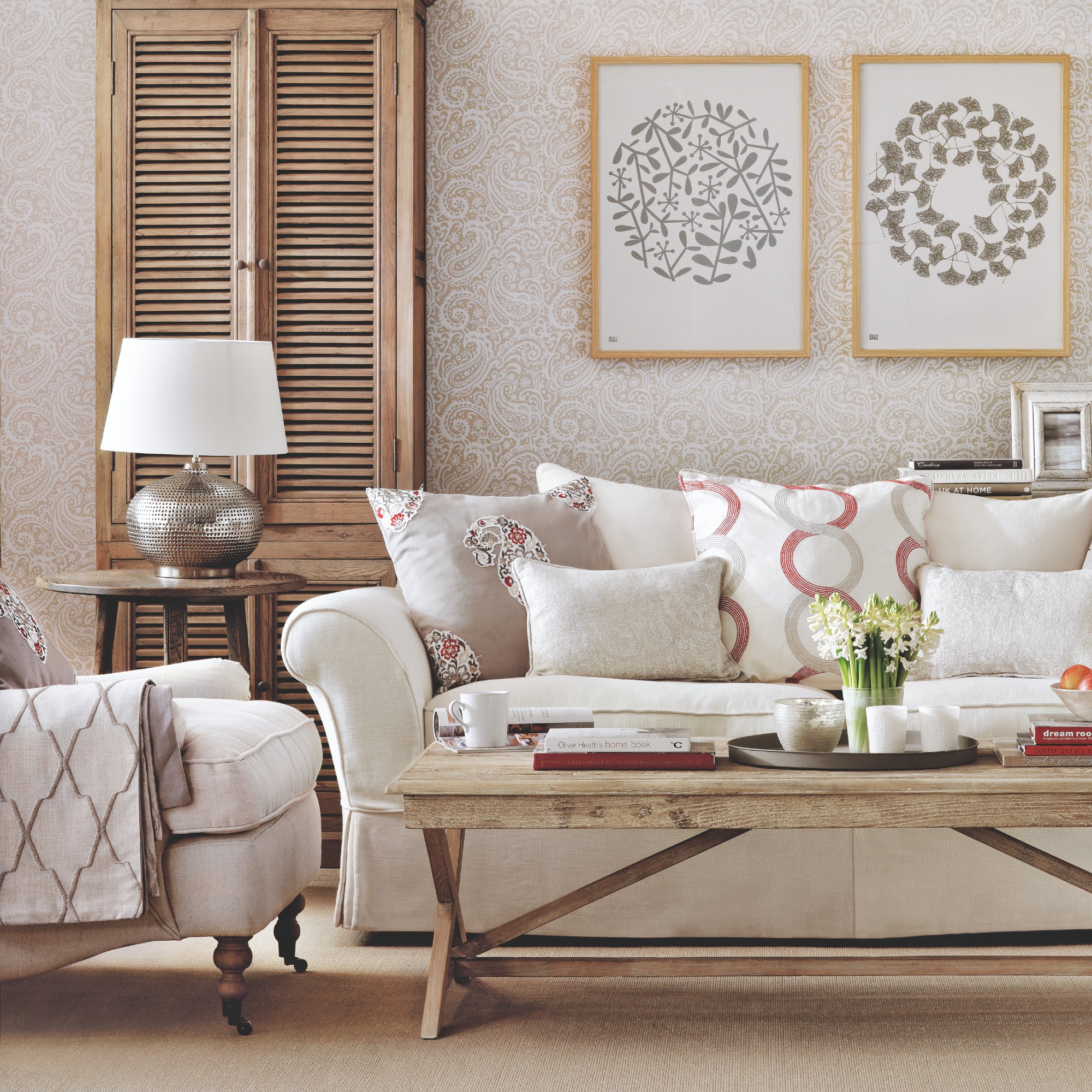
What colours you shouldn’t pair with neutrals
And it doesn’t stop there. Some bold and bright colours are also not recommended to combine with neutral shades.
‘While neutrals offer versatility, they may not always blend well with vibrant or clashing colours, emphasising the importance of considering undertones for complementarity. Avoid neon hues, oversaturated jewel tones, and mixing neutrals with high-contrast colours,’ Alex says.
Lucy adds, ‘Pairing neutrals with extremely bold or vibrant colours can sometimes result in a jarring effect rather than a cohesive design. It's important to balance neutrals with complementary colours or use them as accents to prevent overwhelming the space. Colours I would avoid would be reds and certain oranges.’
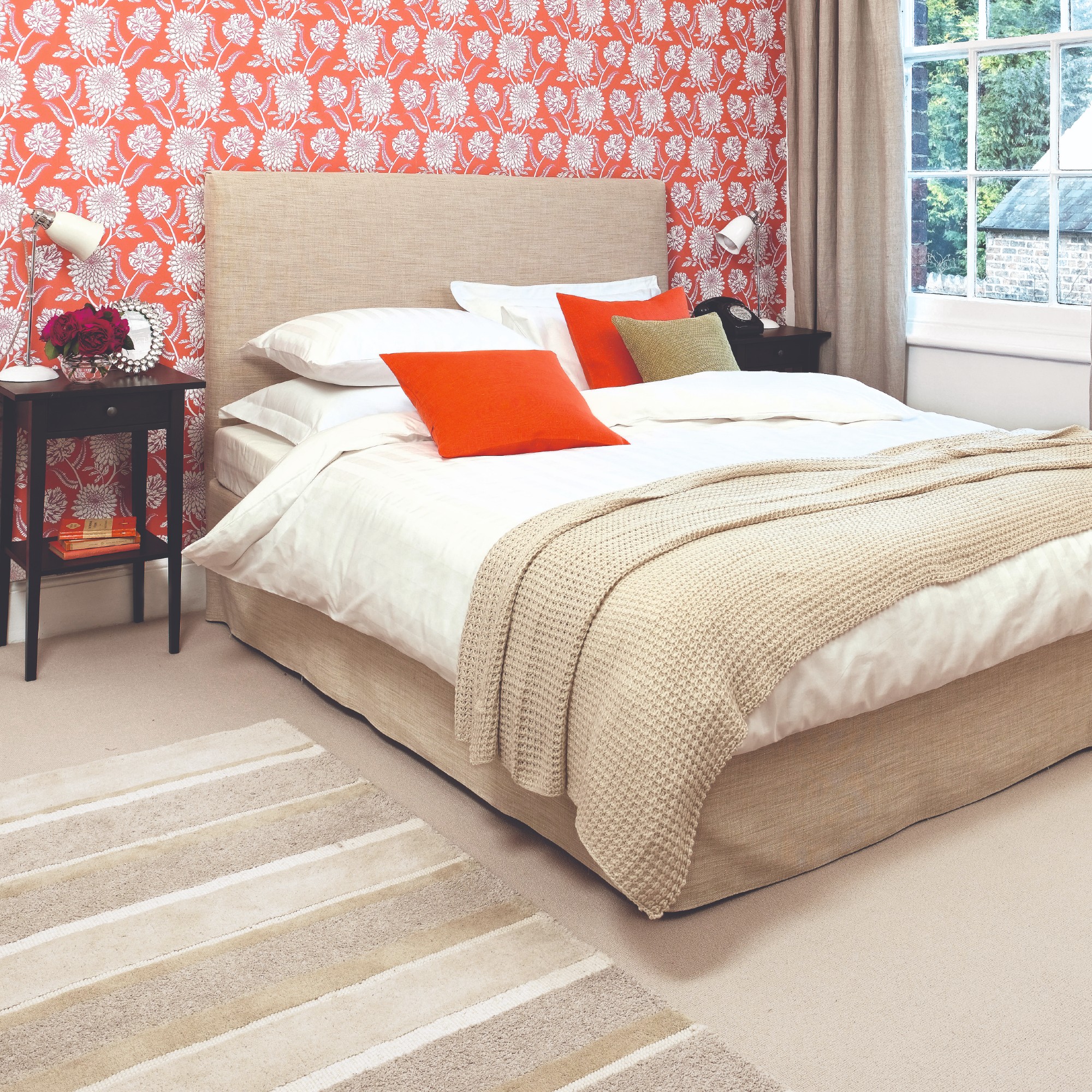
Our favourite neutral homewares
But other than that, neutrals are a fair game – as long as you include enough texture if using a lot of neutrals to avoid the space feeling flat.







